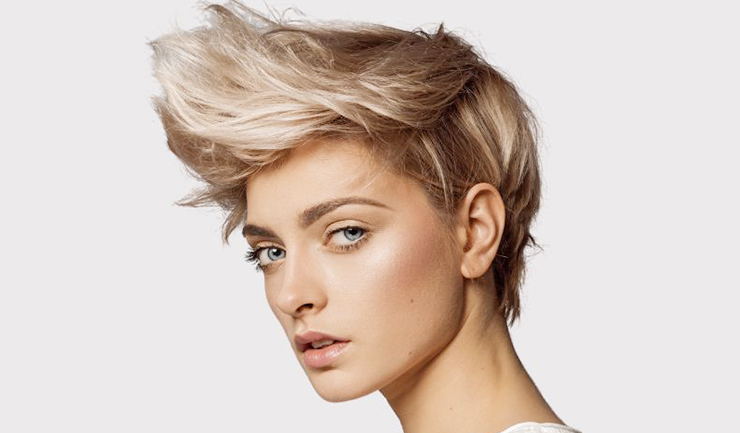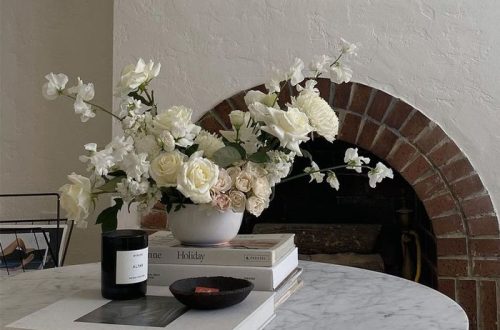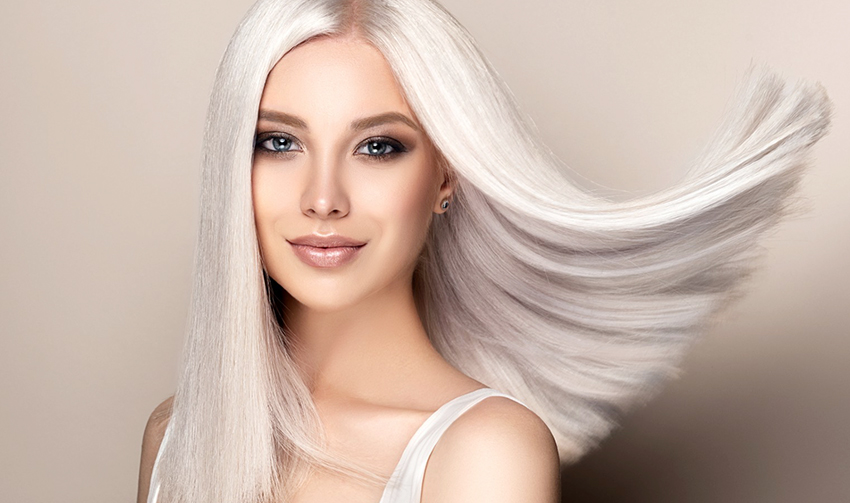
How to restore bleached hair
Bleaching your hair is a fun way to change your look and experiment with different hair colors and styles. It is one of the most requested services today, it is a trend, and not only that, it is a way to personalize your look. Although bleaching can also be very irritating to your hair. So, let’s dig a little deeper so you can learn how to restore bleached hair!
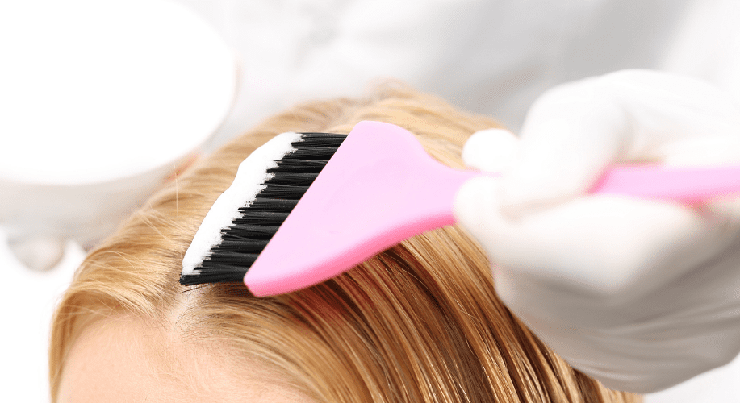
What is hair bleaching
Bleaching is a hair coloring technique that uses chemicals to lighten the natural color of your hair. This technique is often used as a base for other hair colors, such as pastel or vibrant colors, but ranges from natural blonde tones to blonde and honey tones in an all-blond style that is both classic and modern.
But before you can get this (which is a hard way to do it), your hair colorist needs to know the rules and the story of your hair. In fact, bleaching can be a demanding process that can damage hair if not handled properly. To achieve the desired level of brightness, hairdressers usually use a bleaching powder mixed with a color developer, which is then applied to the hair. The mixture is then left on the hair for a certain amount of time, depending on the desired level of brightness. The process can be repeated if necessary.
It is important to note that bleaching can lead to dryness, brittleness and breakage if not handled properly. If you are considering bleaching your hair, visit a professional stylist or colorist to ensure that you get the best and safest results. Professionals will also recommend that you use quality hair care products and deep conditioning treatments to provide the best post-care routine for your hair type to help maintain the health of your hair.
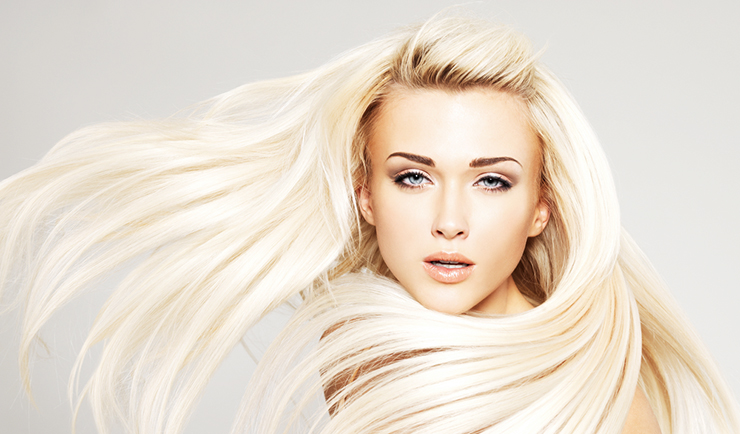
History and Trends of Bleaching
Bleached hair has been a popular trend in the fashion and beauty industry for many years. It is a versatile look that can be customized to suit individual preferences and hairstyles. Some people prefer to bleach their hair completely for a striking platinum blonde look, while others prefer to use highlights or balayage techniques to create a more subtle, natural look.
In recent years, bleached hair has not been as popular as it once was, but it is still a trend that is always making a comeback. Remember – while hair trends are constantly changing, bleached hair will always be a classic look that can be adapted to suit different styles and preferences.
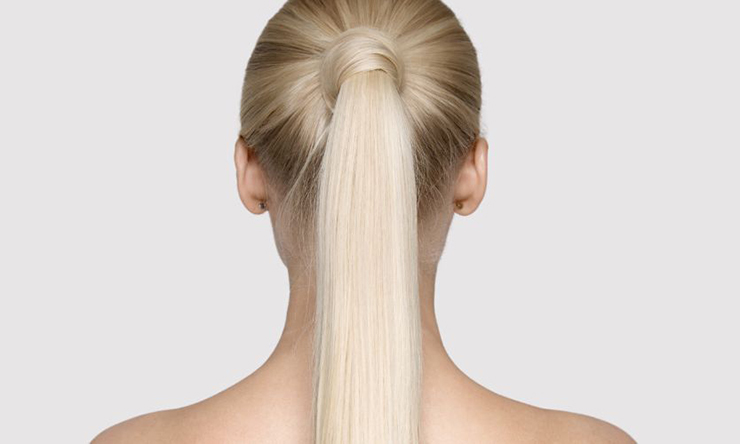
Over the years, there have been many icons who have worn bleached hair. Some of the most famous include:
Actress and model Marilyn Monroe was known for her platinum blonde hair and alluring beauty. She popularized the bleached look in the 1950s, which is still considered a symbol of glamour and femininity
singer and actress Madonna is known for her ever-changing appearance and hairstyle, but in the 80s and 90s her platinum blonde hair became one of her most iconic looks
Singer and actress Lady Gaga is known for her eclectic fashion sense and bold hair choices. She often wears bleached hair in different colors and styles, making it one of her signature looks.
Singer and actor David Bowie is known for his neutral style and bold fashion choices. In the 1970s, his bleached blond hair became one of his most iconic looks.
The King of Pop, Michael Jackson, is known for his iconic styles, including his bleached curls.
These are just a few examples, there are many other celebrities who have bleached their hair, including Cyndi Lauper, Blondie, Grace Jones and many more.
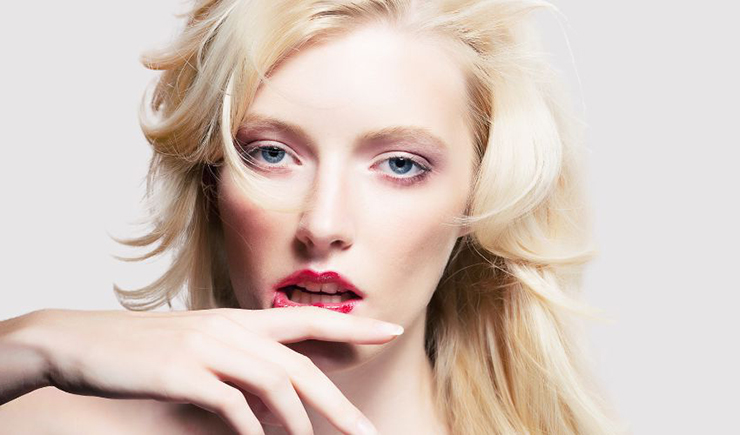
Bleaching your hair applies to every hair type, but be careful. While the bleaching process can be damaging to your hair, it can be done on curly or coily hair regardless of its texture. However, if your hair is naturally curly or coily, it is more prone to dryness and breakage. Therefore, when bleaching your hair, it is important to work with a stylist who is experienced in working with curly hair and who can take extra precautions to protect it during the bleaching process.
It is important to make sure your hair is in a healthy condition before bleaching. This means that your hair should be well moisturized and nourished. If your hair is dry, brittle or damaged, bleaching is not recommended.
It is also important to remember that bleaching can cause your natural curls to loosen, which can make it difficult to maintain the curl pattern you want. Your stylist may recommend a different type of hair coloring technique that will achieve a similar look with less damage.
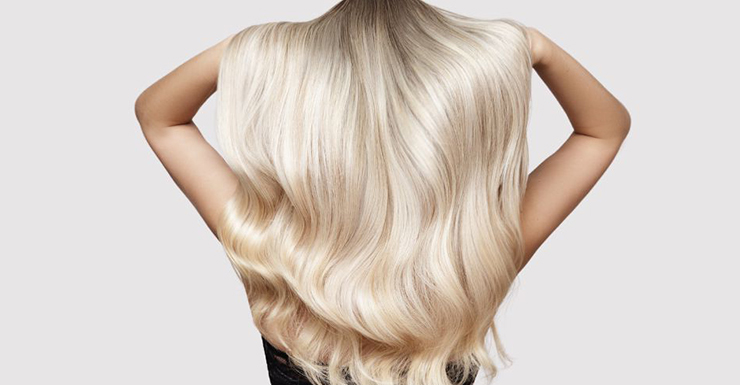
How to care for bleached hair
To restore bleached hair, it is important to take steps to nourish and strengthen your hair. Here are some tips:
Use a deep conditioning treatment: it can help restore moisture and strength to your hair. Look for treatments that contain ingredients such as protein, keratin or argan oil;
Trim hair: regular trimming helps remove damaged ends and promotes healthy growth;
Heat styling tools can cause additional damage to bleached hair. wearing heat protectors and keeping them cool if a heat source must be used;
Use sulfate-free shampoos. Sulfates are harsh cleansers that remove the hair’s natural oils. Sulfate-free shampoos are gentler on the hair and scalp;
Avoid over-washing. Over-washing your hair can strip it of its natural oils. Try to wash your hair every 2-3 days, or even less if possible;
Protection from the sun: Sun exposure can aggravate damage to bleached hair. Apply sunscreen to the hair or wear a hat when going outside;
Consult a professional stylist who can advise you on the best products and treatments to restore your hair’s health and recommend a hair care routine that is appropriate for your hair type.
It is important to note that restoring bleached hair can take time and patience, it is important to stick to your hair care routine and give it time to recover. You will gradually see improvements.
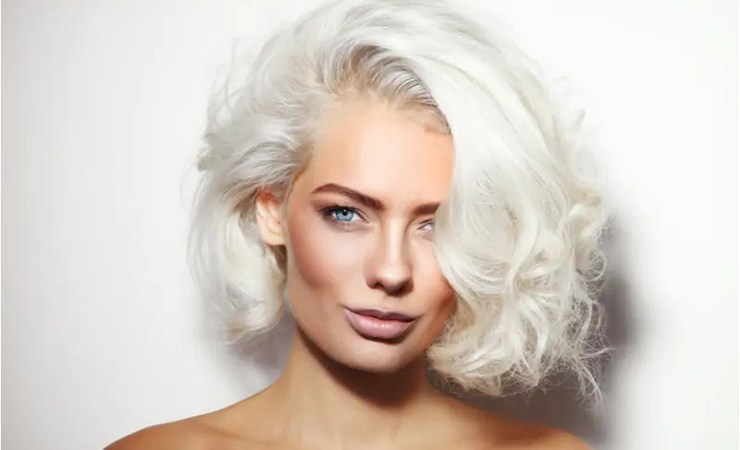
There are many natural and organic hair care products available to help nourish and protect your hair. Some popular options include:
Argan oil: rich in antioxidants and fatty acids, making it an excellent choice for moisturizing and conditioning hair;
Coconut oil: known for its moisturizing properties, which can help strengthen and repair hair
avocado oil: rich in vitamins and minerals that help to nourish the hair and scalp
aloe vera: known for its moisturizing and soothing properties, which can help nourish the hair and scalp
Shea butter: this natural butter is rich in fatty acids that help to moisturize and protect the hair
Tea Tree Oil: This essential oil has antifungal and antibacterial properties that can help soothe the scalp and promote healthy hair growth.
When looking for a product, it’s best to read the ingredients list and make sure the product is free of harsh chemicals such as sulfates, parabens and mineral oils. It’s also important to remember that what works for one person may not work for everyone, so it’s best to try a small amount first to see how your hair reacts before using a whole bottle.
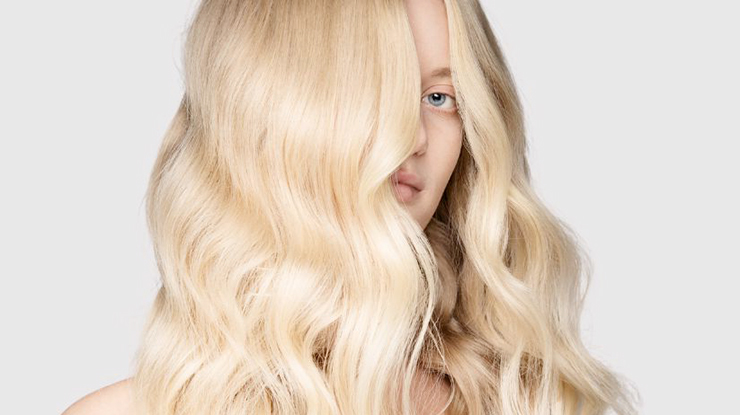
My bleached hair care routine
The first action is to comb your hair twice a day. Clean and remove dust and pollution particles at night. Your brush is your new evening shampoo;
gently shampoo your hair with a special shampoo for treated hair that provides your bleached hair with all the good nutrients it needs;
* How to shampoo properly like a pro: Place a drop of shampoo on each of your fingertips and mix it with your palms. Once the lather has been created, apply it to the scalp and begin massaging the hair with the foam;
Apply the conditioner to the length of hair you wish to comb through and rinse thoroughly to improve the hair’s texture. It is vital that you rinse it out thoroughly. When there is no lather on the toes, the job is done. (a) The head needs lather, but not the toes;
Your hair must be treated with a weekly mask to keep it moisturized and nourished. Start with wet hair from the tips to the roots. Once your hair has absorbed all the necessary nutrients, rinse it out as you would with a conditioner;
Finally, blow dry. Texture is the key to great results. Use a Ph formula that is close to the scale;
For that final shiny touch, add a few drops of hair oil and you’re done!
